Tungsten Crucibles Are Used in the Preparation of Superalloys
- Details
- Category: Tungsten Information
- Published on Monday, 09 June 2025 15:09
- Hits: 4
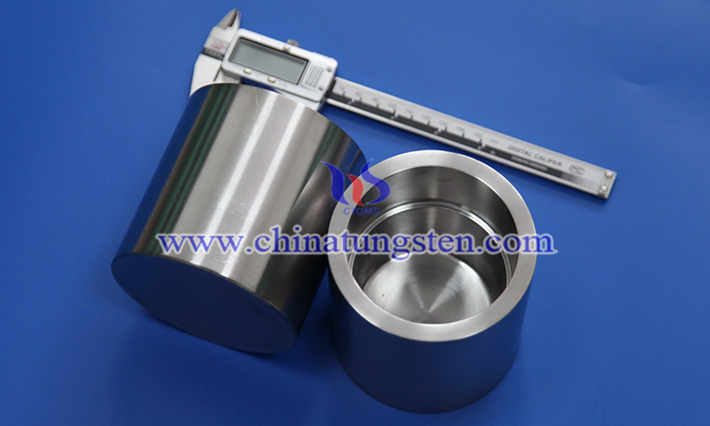
In the field of modern high-end manufacturing, superalloys are widely used in aerospace, gas turbines, nuclear industry and high-temperature chemical industries due to their excellent high-temperature strength, oxidation resistance and corrosion resistance.
Tungsten Crucibles Are Used in the Nuclear Industry
- Details
- Category: Tungsten Information
- Published on Monday, 09 June 2025 15:07
- Hits: 3
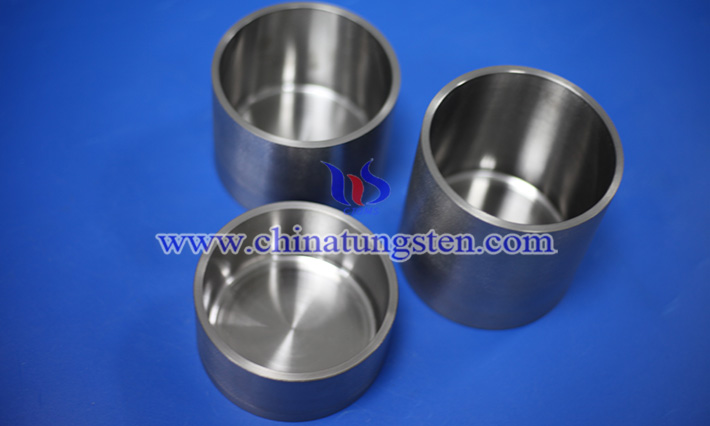
With the continuous development of nuclear energy technology, the requirements for thermal stability, corrosion resistance and structural integrity of materials under extreme conditions are increasing, and tungsten crucibles have become one of the important containers for the processing and research of highly radioactive materials, molten nuclear fuel, high-temperature structural materials and radioactive waste due to their excellent physical and chemical properties.
Tungsten Crucibles Are Used in the Preparation of Semiconductor Materials
- Details
- Category: Tungsten Information
- Published on Monday, 09 June 2025 15:05
- Hits: 5

With the rapid development of semiconductor technology, the requirements for material purity, structural stability and preparation process are increasing. Due to its excellent physical and chemical properties, tungsten crucible occupies an extremely important position in the preparation of semiconductor materials, especially in key processes such as high-temperature crystal growth, smelting, and vapor deposition.
Tungsten Crucible Is Used for High-Temperature Experiments
- Details
- Category: Tungsten Information
- Published on Monday, 09 June 2025 15:03
- Hits: 4
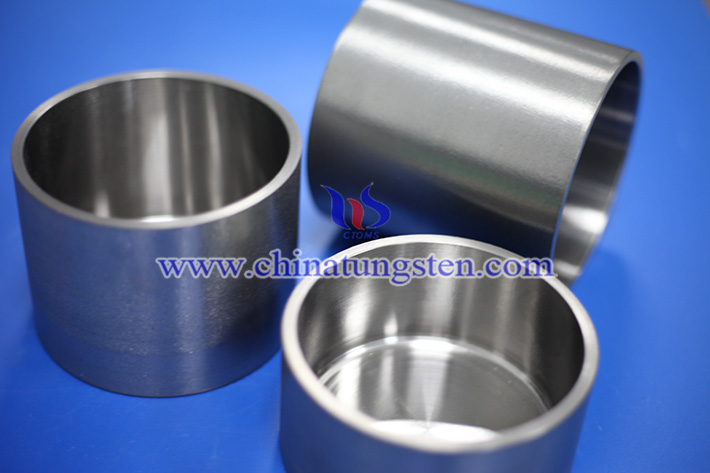
As an important high-temperature refractory metal vessel, tungsten crucible is widely used in various high-temperature experiments, especially in the fields of materials science, metallurgical engineering, semiconductor manufacturing and nuclear energy technology.
Tungsten Crucible Plays a Key Role in the Rare Metal Smelting
- Details
- Category: Tungsten Information
- Published on Monday, 09 June 2025 15:01
- Hits: 4

Tungsten crucible, as a high-temperature container made of high-purity tungsten material, plays an irreplaceable key role in the field of rare metal smelting due to its excellent high temperature resistance, chemical stability and mechanical strength.
Stability of Barium Tungsten Electrodes in High-Power Laser Systems
- Details
- Category: Tungsten Information
- Published on Friday, 06 June 2025 18:54
- Hits: 23
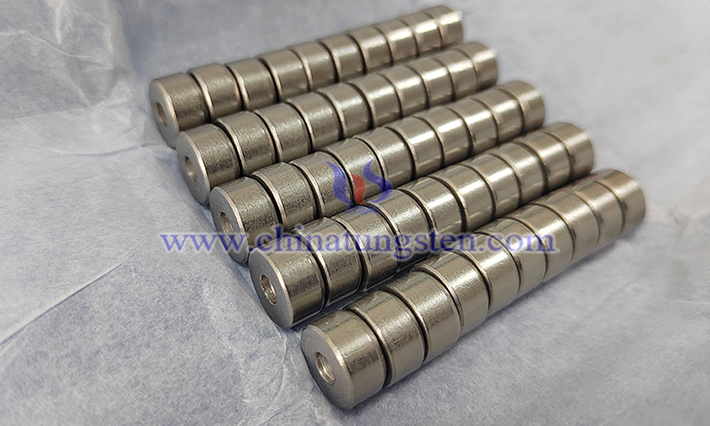
The stability of barium tungsten electrodes in high-power laser systems is a key factor in ensuring system performance consistency and service life. Barium tungsten electrodes are usually made of tungsten, which is widely used in laser systems due to its high melting point and good durability, while the addition of barium is usually used to enhance the electron emission performance of the electrode. In high-power laser applications, the electrodes need to withstand extreme conditions, including high temperatures, electrical stress, and possible material degradation, all of which affect their stability.
Optimization of Electron Emission Uniformity of Barium Tungsten Electrode
- Details
- Category: Tungsten Information
- Published on Friday, 06 June 2025 18:52
- Hits: 23
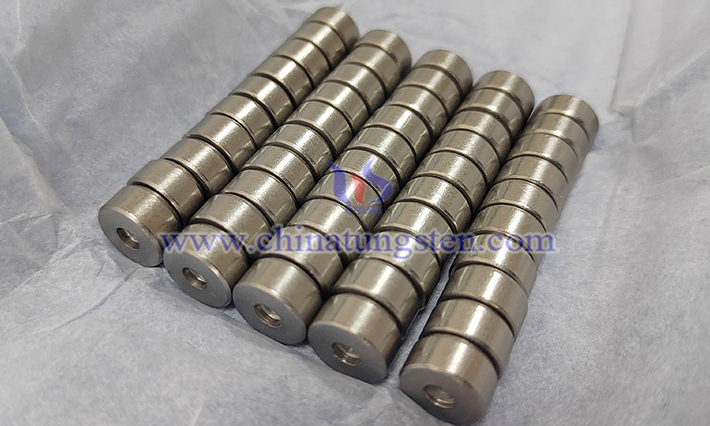
Barium tungsten electrode is a hot cathode material widely used in vacuum electronic devices, known for its high electron emission ability and stability. The uniformity of electron emission is crucial to improving device performance, optimizing current distribution and extending service life.
Relationship Between the Micromorphology and Performance of Barium Tungsten Electrode
- Details
- Category: Tungsten Information
- Published on Friday, 06 June 2025 18:50
- Hits: 17
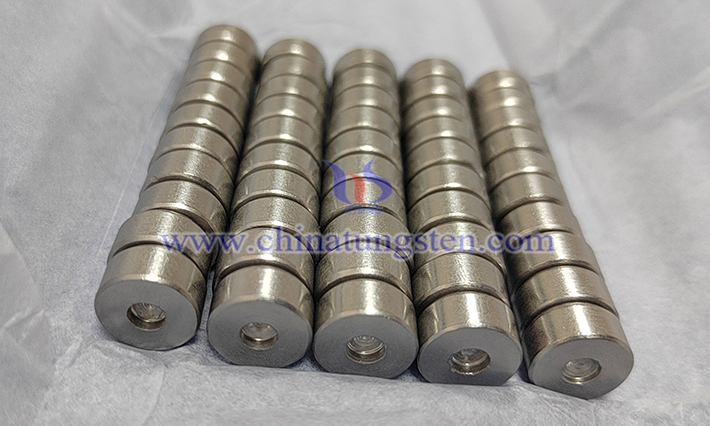
There is a close relationship between the micromorphology of barium tungsten electrode and its performance. The micromorphology mainly includes characteristics such as grain size, porosity, surface roughness, etc. These characteristics directly affect the working performance of the electrode under high temperature and high current density environment.
Application of Barium Tungsten Electrode in Photomultiplier Tube
- Details
- Category: Tungsten Information
- Published on Friday, 06 June 2025 18:49
- Hits: 19
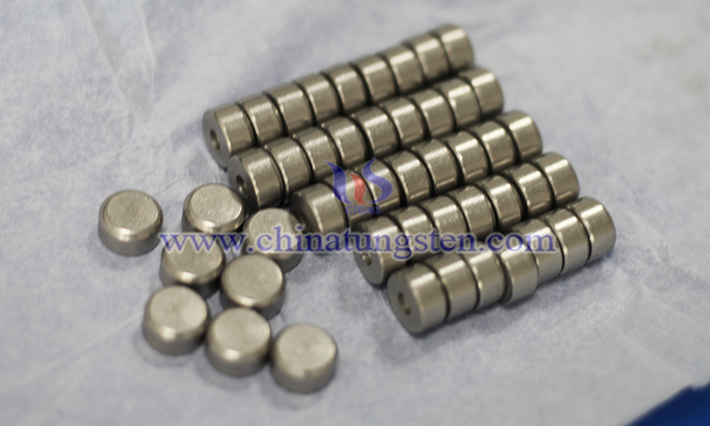
Barium tungsten electrode plays an important role as cathode material in photomultiplier tube. Photomultiplier tube is a highly sensitive photodetector, which is widely used in particle physics, nuclear physics, astrophysics and other fields to detect weak light signals. Its working principle is to use the photoelectric effect to convert light signal into electronic signal, and then amplify the electronic signal through the electron multiplication mechanism, and finally output the electrical signal.
High Temperature Oxidation Resistance Mechanism of Barium Tungsten Electrode
- Details
- Category: Tungsten Information
- Published on Friday, 06 June 2025 18:46
- Hits: 20

Barium tungsten electrode (W-Ba electrode) is often used in discharge lamps, vacuum tubes and other devices in high temperature environment due to its excellent high temperature oxidation resistance. Its high temperature oxidation resistance mechanism is mainly closely related to the chemical properties of barium and its role in the tungsten matrix.



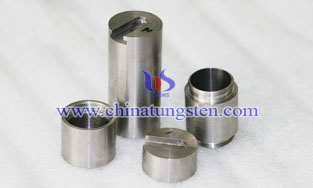


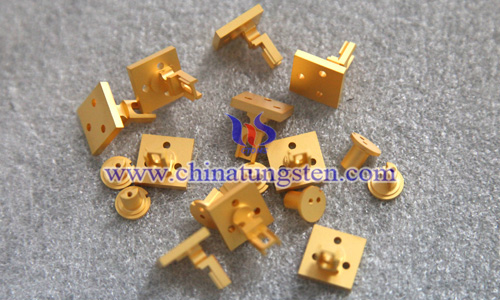

 sales@chinatungsten.com
sales@chinatungsten.com